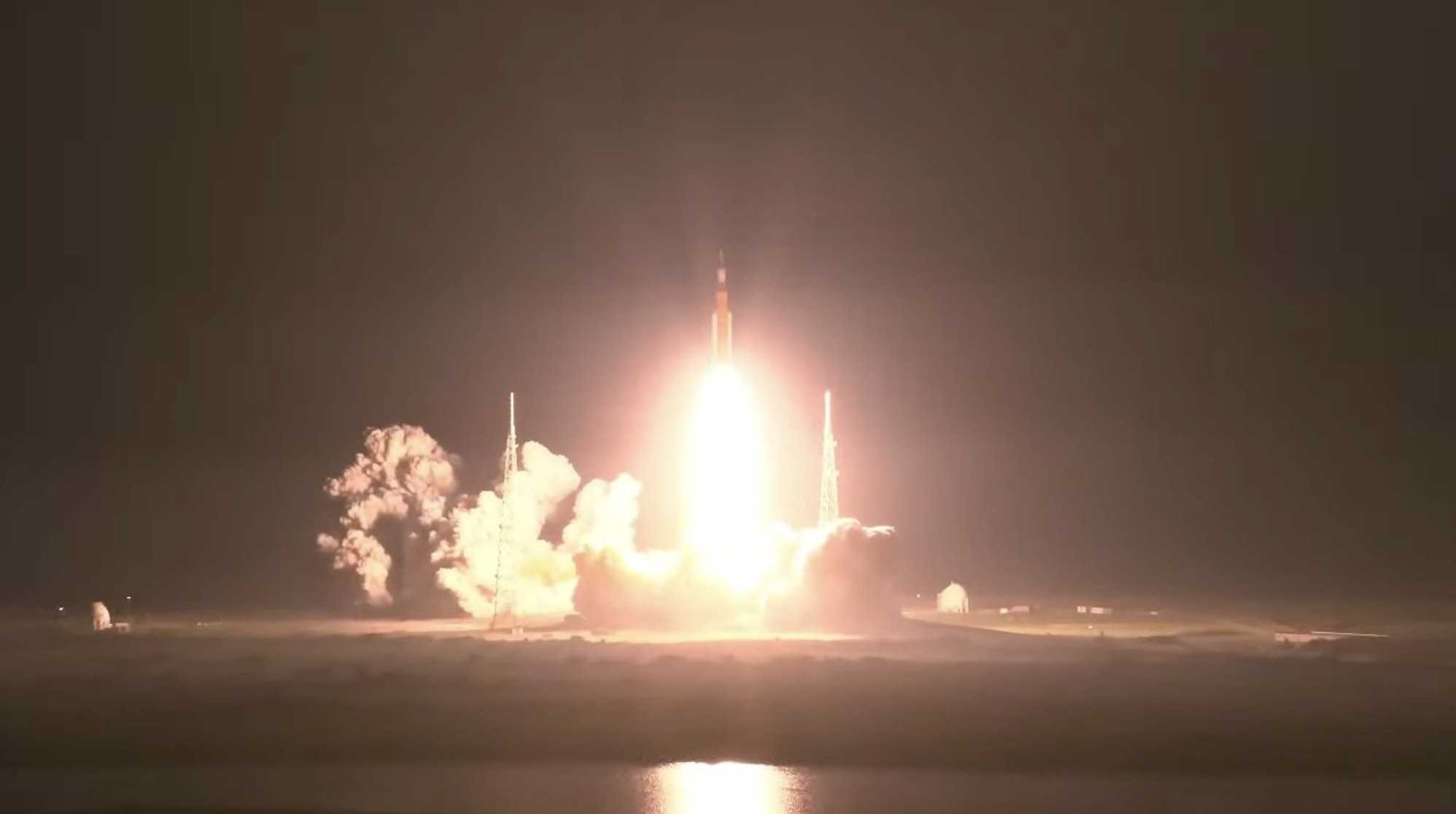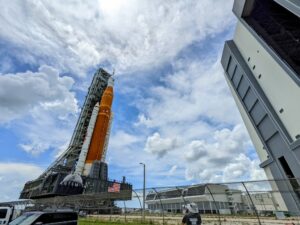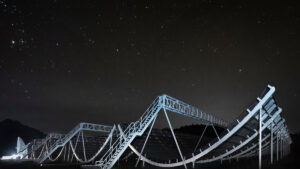Spearing the sky from a tiny spit of land in the Atlantic Ocean, NASA‘s 32-story mega moon rocket gleamed statuesque in the darkness.
Then as the countdown peeled to ignition, the towering monument topped with the new Orion spacecraft rumbled with a force equal to that of 160,000 Corvette engines.
The eruption shook miles of the Eastern Florida coastline, with toe-tickling vibrations.
At 1:48 a.m. on Wednesday, Nov. 16, NASA launched the Artemis I mission, its first deep space flight of a capsule built to carry astronauts in a half-century. If all goes according to plan, Orion will travel more than a quarter-million miles from Earth, including a 40,000-mile swing past the moon, on a whirling journey. Upon its Pacific Ocean return on Dec. 11, the U.S. space agency anticipates it will have put 1.3 million miles on the odometer.
No one is inside Orion for this ride, but a successful uncrewed test flight will clear the way for up to four passengers aboard the spaceship next time. Under the new program, NASA is preparing for a revival of human-led space exploration, an era that ended in 1972 with the final Apollo flight.
The liftoff comes 2.5 months after NASA waived off its first launch attempt with just 40 minutes remaining on the countdown clock. Charlie Blackwell-Thompson, the agency’s first female launch director, made that call on Aug. 29 as the team unexpectedly encountered a sensor that indicated an engine wasn’t chilling down properly.
Following the “scrubbed” launch and an investigation into the engine issue, mission managers tried again five days later on Sept. 3. But the second attempt resulted in another cancelation after the team wrestled with an unrelated, large hydrogen fuel leak.
Then, Hurricane Ian forced the ground crew to haul the towering rocket back to its hangar. While in storage, the crew made repairs, replaced critical batteries onboard, and hoped for the best, come mid-November. They rolled it back out, only to face Hurricane Nicole at the launch pad. Many feared the storm would damage the vehicle, yet it survived.
This launch had its own challenges. After hours of smooth, uneventful fueling, engineers detected a leaky valve at the base of the rocket. A specialized crew drove out to the pad to tighten bolts, which fixed the problem. Then, the Space Force, which oversees rocket launches from Kennedy Space Center, encountered a bizarre tech issue. Late in the countdown, they were hurriedly replacing a bad ethernet switch critical for accessing the rocket’s flight termination system for emergencies. Had they not resolved it, NASA would have been forced into another scrub.
Minutes before liftoff, Blackwell-Thompson thanked the people across the country who helped build the rocket.
“For the Artemis generation, this is for you,” she said.
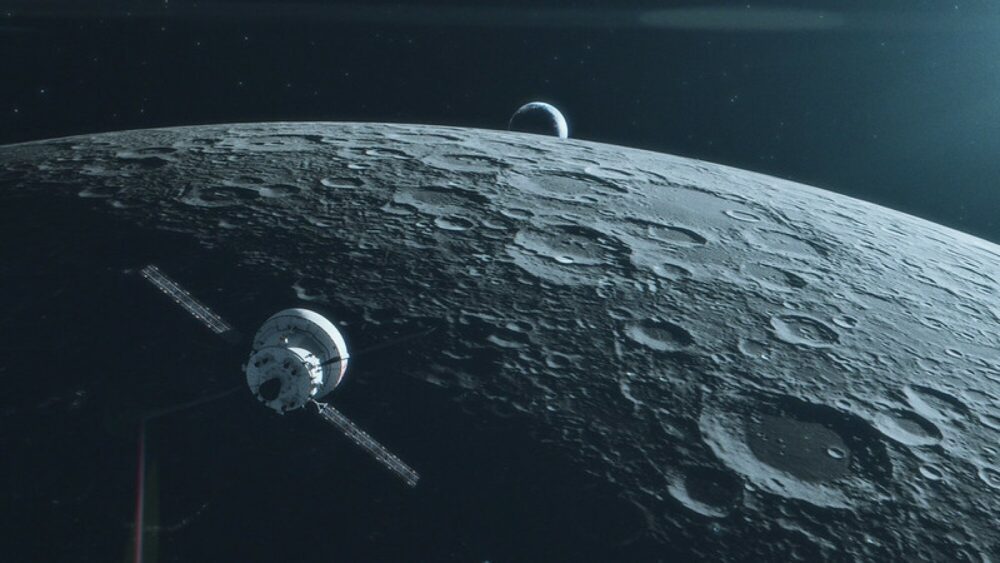
Credit: Illustration by NASA / Liam Yanulis
With the new Space Launch System rocket and Orion spacecraft, NASA wants to one day build a lunar-orbiting moon base, see the first woman and person of color walk on the moon, and spend long stretches conducting research and gathering samples on its surface, all while keeping one eye fixed on the red planet some 140 million miles in the distance.
“I have never met someone who doesn’t get excited about space, when you talk about what it is we’re doing, and that’s because we are pushing what humans are capable of,” Jeremy Parsons, deputy program manager of NASA’s exploration ground systems, told Mashable. “Something the size of the Statue of Liberty is going zero to 18,000 mph in about eight minutes. It is absolutely mind blowing.”
“It is absolutely mind blowing.”
A crucial 25-day mission
The $4.1 billion mission is meant to demonstrate whether the vehicles are safe for sending humans on long expeditions and getting them home. NASA wants to use the moon as an astronaut testbed for future voyages to Mars.
For the Artemis I moonshot, Orion will fly a total of 1.3 million miles, including a trip of 40,000 miles past the moon, traveling the farthest any spacecraft for passengers has ever flown. Over those three-plus weeks, the spacecraft will try out various moon orbits. When the capsule returns, it will splash down in the Pacific Ocean off the coast of San Diego, California.
The mission duration was shortened from the first attempt’s 45 days to 25 days this time around. That length isn’t arbitrary. NASA looks at the date and the timing of the sun, Earth, and moon’s alignment to determine the schedule. Forces of gravity and conditions in the atmosphere influence when Orion can return. Namely, the team looks for a plan that provides daylight for when the capsule splashes down to aid its water recovery.
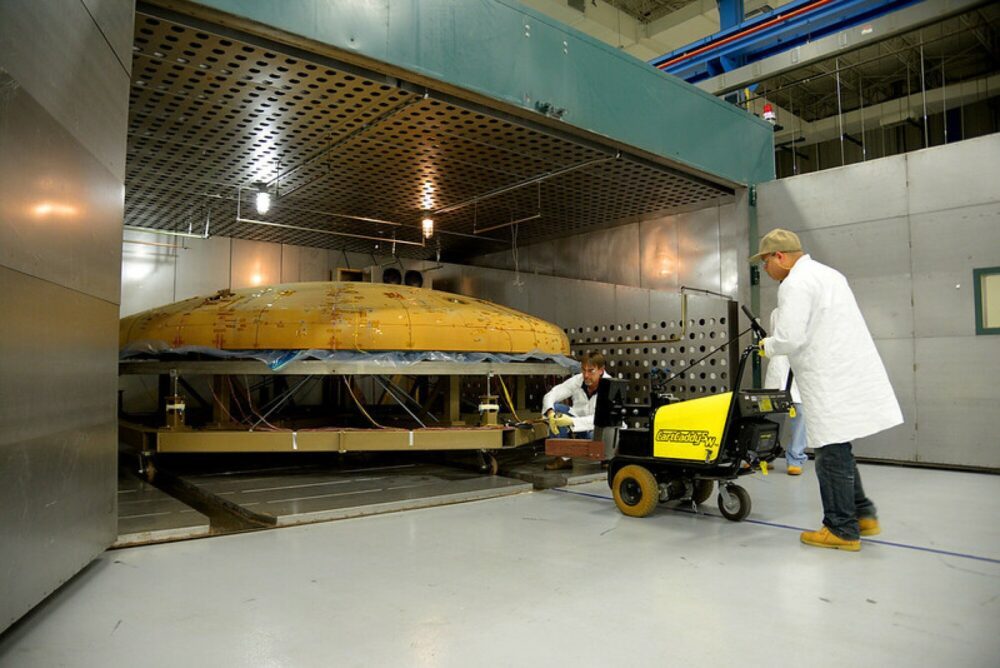
Credit: NASA
Want more science and tech news delivered straight to your inbox? Sign up for Mashable’s Top Stories newsletter today.
The primary objectives of the flight include getting the spacecraft to orbit and recovering it. But another major purpose is to see how Orion’s heat shield holds up to the searing temperatures created when the spacecraft plummets through Earth’s atmosphere. Orion will come home faster and hotter than any spacecraft has before, traveling at 24,500 mph in 5,000 degrees Fahrenheit.
Lockheed Martin, which built the spacecraft, used new manufacturing methods and made the shield 30 percent larger than previous hardware, said Kelly DeFazio, director of Orion production.
“That heat shield on the back end is going to show us how we’ve taken that material from the Apollo days and brought that into the 21st century,” she said.
A decade in the making, the Artemis program, named after Apollo’s twin sister in Greek mythology, has familiar echoes of the past. A second space race, this time with China, has provided a sense of urgency in Congress to get back to the moon — to stay. For many politicians, returning is not just a point of pride but a matter of national security.
Bureaucratic red tape and escalating costs have delayed NASA’s schedule, pushing the first moonwalk, part of the Artemis III itinerary, out to no earlier than 2025. By then, the agency will have spent perhaps $93 billion on Artemis.
Inspector General Paul Martin, the federal watchdog over the space agency, called out the elephant in the room this March, saying that the SLS, an extremely expensive single-use rocket, would “inhibit, if not derail” getting to the moon and Mars.
At Cape Canaveral this week, though, politics and economics seemed far from the minds of mission managers, who celebrated the accomplishment as one of the finest moments in the agency’s history.
“I’m a product of the Apollo generation and look what it did for us,” said Bob Cabana, a former astronaut and associate administrator of NASA, at an earlier news briefing. “I cannot wait to see what comes from the Artemis generation because I think it’s going to inspire even more than Apollo did.”
“I cannot wait to see what comes from the Artemis generation because I think it’s going to inspire even more than Apollo did.”
About 1.5 hours after the launch, inflight engines will give the spacecraft the boost it needs to perform a translunar injection, a maneuver that will guide Orion to a precise target so the moon’s gravity can reel it in.
As Orion continues on its journey, a service module provided by the European Space Agency will perform a complicated engine firing into a distant lunar orbit. That maneuver will send the capsule well beyond the moon, breaking Apollo 13’s record for the farthest distance traveled by a passenger spacecraft. This will give Orion an intimate brush with the lunar terrain as it hugs the moon’s curves just 60 miles above the surface.
After the flyby, Orion will use the moon’s gravity to swing out and make a half-lap around the moon over the course of two weeks. On its way back, the spacecraft will get another gravity boost from the moon and then slingshot back to Earth.
The final test will observe how well the spacecraft’s heat shield can block the punishing temperatures of reentry as it plunges at 32 times the speed of sound.
The entire unprecedented mission will be risky, said Jim Free, who heads NASA’s exploration systems development. He has emphasized the extraordinary challenges that lay ahead to manage public expectations.
“We’ve seen challenges just getting all our systems to work together,” he told reporters one week ago. “That’s why we do a flight test. It’s about going after the things that can’t be modeled, and we’re learning by taking more risk on this mission before we put crew on there.”
